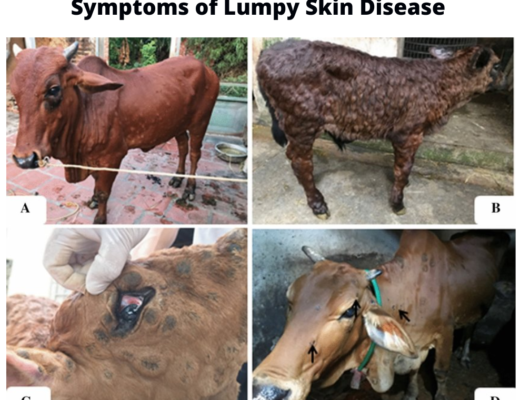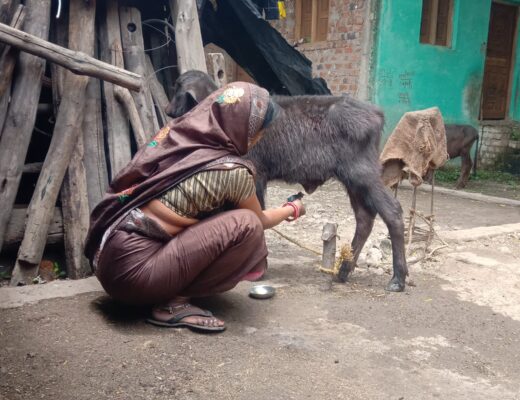The livestock sector in India not only plays a pivotal role in the economy but also generates substantial amounts of agricultural waste. Traditionally viewed as a disposal challenge, this waste holds potential for conversion into valuable resources. Embracing a ‘waste to wealth’ approach can provide sustainable solutions, bolstering economic gains and environmental benefits.
The Potential of Livestock Waste
In India, the livestock sector is vast, with an estimated livestock population of over 535 million, including cattle, buffalo, sheep, goats, and pigs. This population produces millions of tons of organic waste annually, primarily consisting of manure and slurry. Properly managed, this waste can be a goldmine for generating bioenergy, improving soil health, and even creating new revenue streams for farmers.
Biogas Production: A Renewable Energy Source
One of the most effective methods of converting livestock waste into wealth is through the production of biogas. Biogas technology uses anaerobic digestion to convert organic waste into methane-rich biogas and nutrient-rich slurry. According to a report by the Ministry of New and Renewable Energy, there are over 5 million family-type biogas plants in India, which have the capacity to treat large amounts of animal manure.
The biogas produced can be used as a cooking fuel or converted to electricity. For instance, in Punjab, large-scale biogas plants are integrated into dairy farms, generating enough electricity to power farm operations and even supply surplus electricity back to the grid.
Organic Fertilizers: Enhancing Soil Fertility
The by-product of biogas production, known as digestate, is a nutrient-rich organic fertilizer that can significantly improve soil fertility. This reduces the dependency on chemical fertilizers, which are not only expensive but also harmful to the environment. The use of digestate as a fertilizer has shown to increase crop yields by 10-20%, as per findings by the Indian Agricultural Research Institute.
Eco-Friendly Products: Innovative Uses of Waste
Further innovation in the sector has led to the development of eco-friendly products from livestock waste. For example, processed cow dung is being used to make products like pots, tiles, and even fabrics. These products are gaining popularity, providing additional income streams for farmers while also reducing environmental pollution.
Economic Impact and Sustainability
The transformation of waste to wealth in the livestock sector has a direct economic impact by creating new jobs and businesses. For example, the biogas sector alone is estimated to have created over 10,000 direct jobs and numerous indirect jobs in rural India.
Additionally, this approach contributes to sustainability by reducing greenhouse gas emissions from untreated manure, which is a significant source of methane, a potent greenhouse gas. Proper waste management practices can mitigate these emissions effectively.
Challenges and Future Directions
While the potential is significant, challenges remain in the form of technology adoption, financing, and regulatory frameworks. There is a need for more robust government policies and incentives to encourage farmers to adopt waste-to-wealth technologies.
Conclusion
The livestock sector in India, with its vast resources of organic waste, has the potential to not only tackle waste management issues but also contribute to a circular economy. By converting waste to wealth, the sector can achieve sustainability, enhance profitability, and play a crucial role in India’s energy security and environmental health. Looking ahead, a focused effort from all stakeholders—government, industry, and the farming community—is essential to realize the full potential of this transformative approach.




